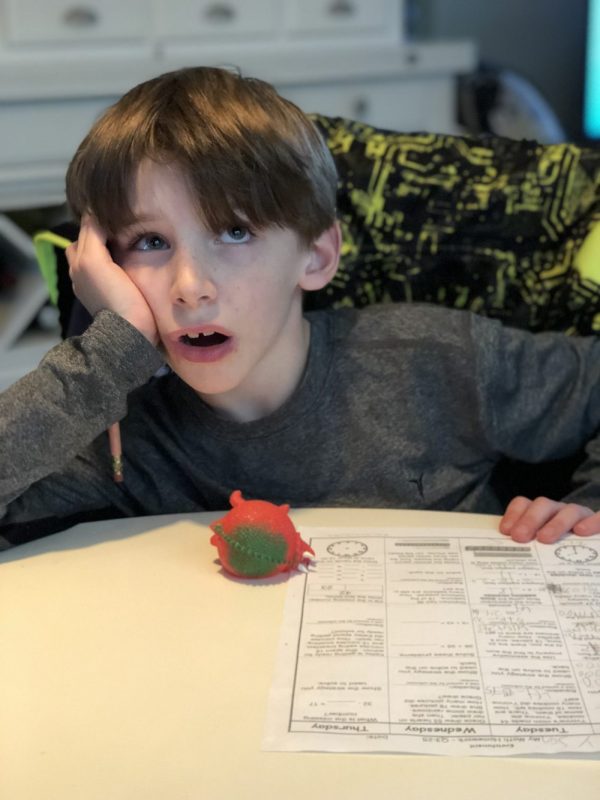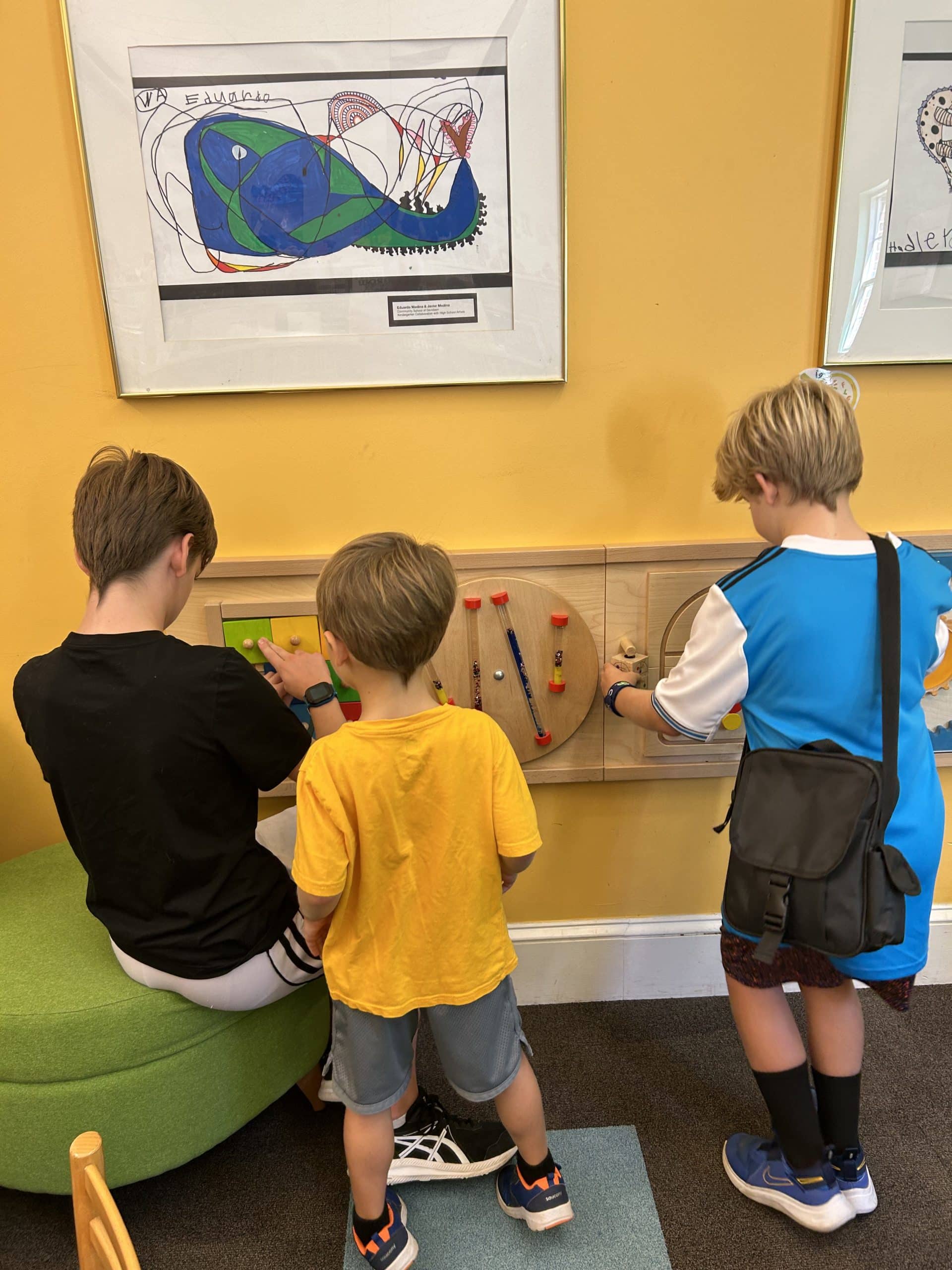Daydreaming occurs daily in classrooms and at home. Some studies indicate daydreaming helps students process information, develop social skills, promote creativity and strengthens the working memory. Therefore, it boosts a student’s intelligence. The daydreamer’s mind frees itself to think of other possibilities beside the current problem. It is similar to night dreaming. And, like sleep, it releases stress and helps students and children to relax. Therefore, it’s best to let the daydreamer have a moment or two for processing information.
Scientists claim that simple tasks permit daydreaming. Thus, allows the mind to solve trickier problems. Scientists such as Einstein and Newton daydreamed. Studies indicate that as people take a break from a difficult task, their performance increases by 40 per cent. And, a study conducted by Daniel Gilbert and Matthew A. Killingsworth states, “people let their minds wander forty-seven percent of the time they are awake”. Thus, it is a sign that the daydreamer is really smart as well as creative.

Engaging the Daydreaming Student
The down part of students or children that daydream is they are labeled lazy or slackers. They forget to do assignments or turn in homework. Therefore, teachers and parents must attempt to channel the student’s mind-wondering behavior to various times of the day. Also, consider physical outlets as well as creative tasks for the daydreamer. Tasks that provide a method for self-expression such as art and music help creative expression. And, physical activities such as swimming, judo and karate also engage the mind and body of the daydreamer.
Too much daydreaming is bad for the emotions. It can even have negative effects on the student if used to escape a problem. Also, it can become a a bad habit as it gets out of control. Too many mind-wondering thoughts lead to wasting time. Thus, resulting in depression.
Many students use daydreaming to escape their daily life or an unwanted moment. It can be used as a quick getaway or a beneficial method for dealing a specific situation. Depending on how it is used and how much it is used, it’s effects are either positive or negative.
A daydream simply lets the mind wonder into unconscious thoughts. Before a creative activity, take a pause to let the mind wander. Daydreaming is healthy. And, it can help students be more successful. However, it matters how and when children do it.
![]()



